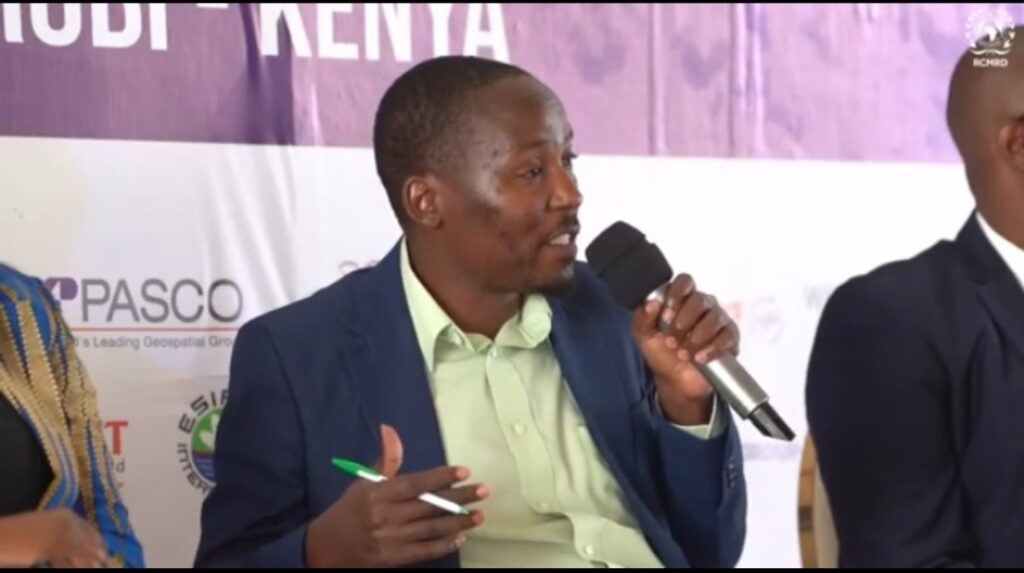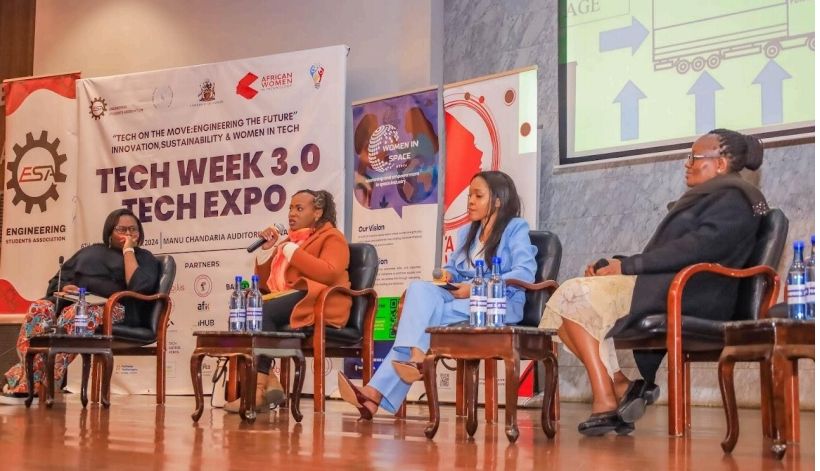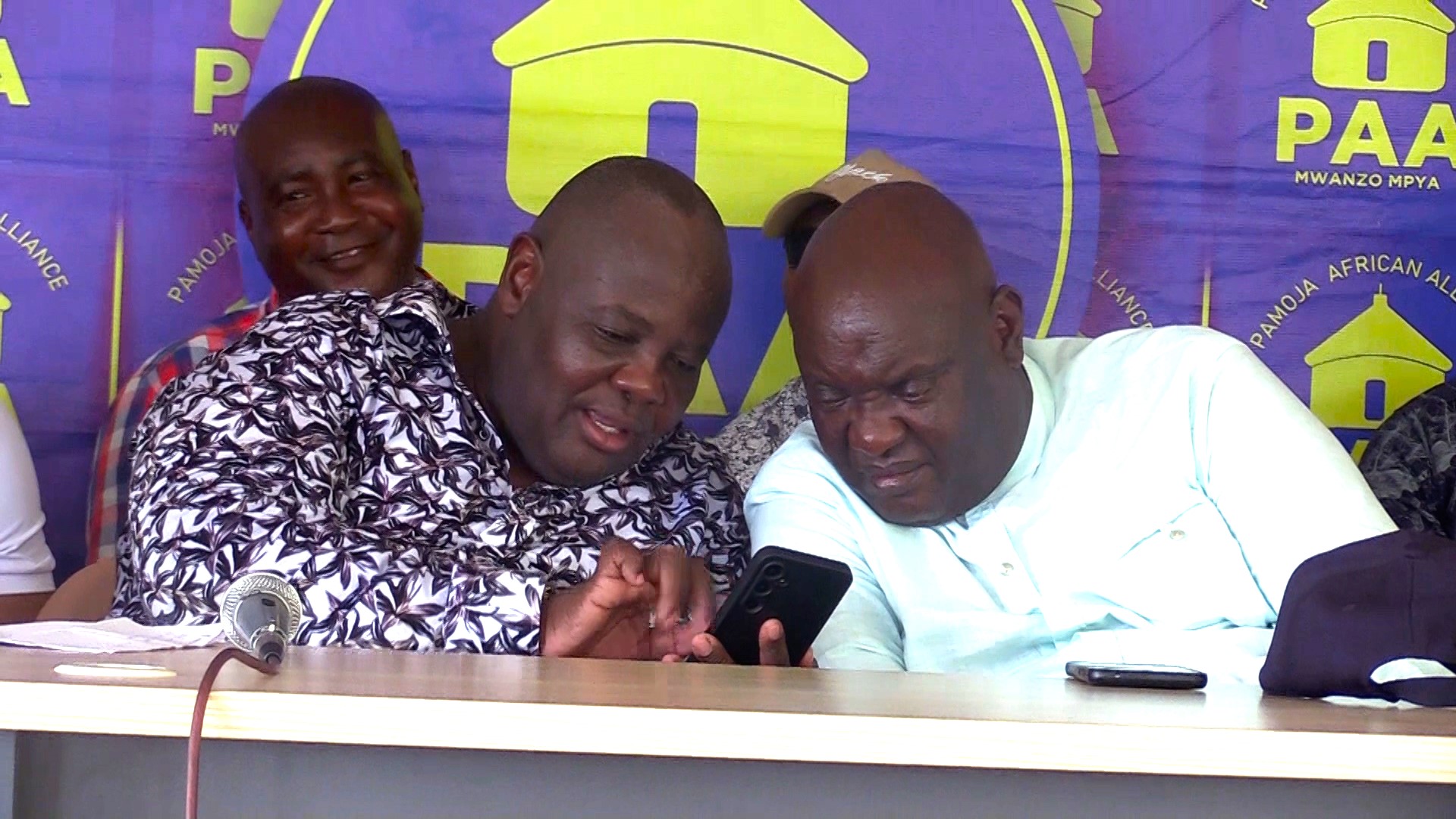Faced with Scarcity of Water, turn to Borehole could Slowly Sink Nairobi, Say Researchers

Scientists have issued a clarion call for the use of artificial ground water recharge to help Nairobi from gentle sinking due to many upcoming boreholes around pavements and buildings.
Artificial groundwater recharge refers to the intentional process of adding water to underground (aquifer) -an underground layer of rock which acts as a storage reservoir for groundwater to replenish depleted groundwater levels.
Speaking during a panel discussion on data platforms on how to improve data access sharing at Regional Center for Mapping and Resources Development’s (RCMRD’s three day international conference, Patrick Murunga, assistant director Research and Mapping at Regional Center for Groundwater Resources (RCGW) said artificial ground water recharge will be the only solution.

“Artificial ground water recharge is where we have to accelerate water recharge and merely leaving it to nature. The government needs to come up with structures that will ensure more of the water is captured, stored and recharges the aquifers,” said Murunga.
The three day conference themed ‘NEXT LEVEL,Space to Community’ brought together over 1,000 delegates drawn from all its 20 RCMRD member countries to provide an excellent platform of how geo-science can effectively be used to inform policymakers.
According to Murunga, if the city does not take up that initiative, then Nairobi might end up sinking.
“If we don’t do that then it means the weight of the city will take up these voids that are free spaces and therefore they will cause the sinking of the city because of the overburden of the buildings and boreholes,” added Murunga.
Murunga also urged the critical need to share comprehensive data among researches to avoid overcrowding boreholes that have led to declining groundwater levels.
“In the past, we used to have water boreholes as low as 100 meters but currently we are going up to 300 to 400 meters because we are obstructing too much and pumping out much of the water,”said Murunga.
Murunga urged the urgency of the mitigation measures because Kenya is very close to many volcanic and tectonic centers.
“This collaborative approach aims to harness collective knowledge and pave the way for innovative solutions that can safeguard Nairobi’s future against the threat of subsidence,”added Murunga.
Murunga said as a researcher they have started mapping for possible urgent areas but lack data.
“We have started mapping but still lack data, where the data is available it is not organized together, we have data owned by different community agencies that is not easily accessible,” added Murunga.
He called upon different stakeholders to synchronize and synergize their efforts and ensure data is available.
According to Murunga, there has been a lowering of the water table because of a lot of obstruction of water.
“The traditional places where groundwater will be recharged are no longer the same and therefore need to come up with mitigation measures,” added Murunga.






